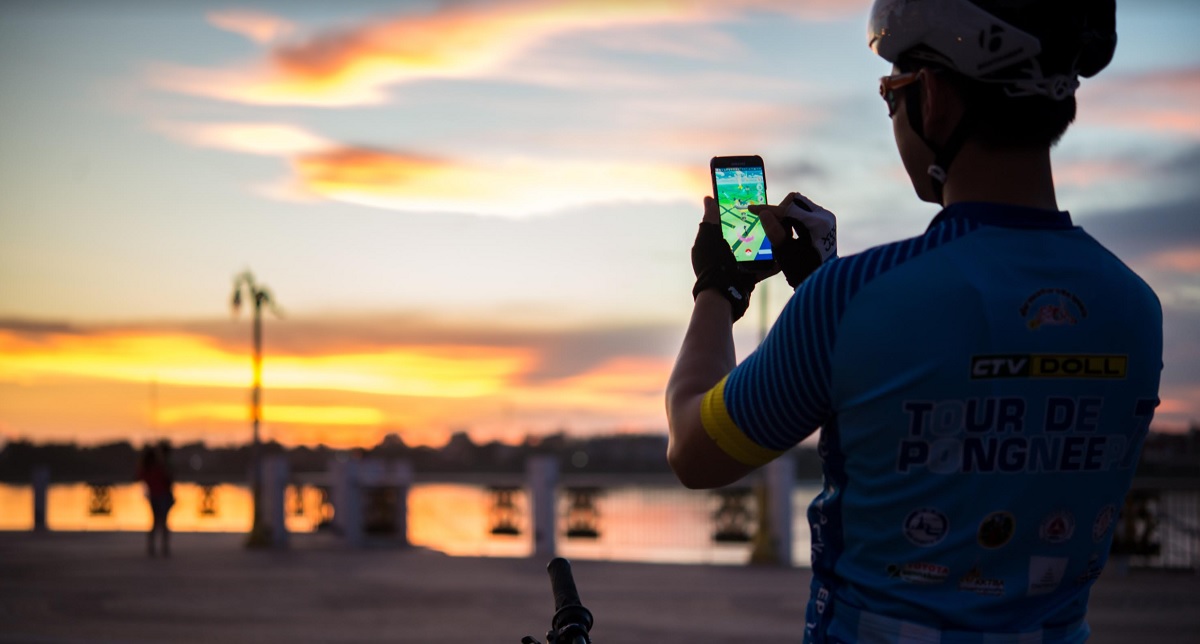When you play location-based games like Pokémon Go, you can’t hunt for creatures on vertical levels in a skyscraper. You can only hunt for creatures on the ground floor. But that could change, as 3D geolocation service NextNav announces a plugin for vertical positioning in the Unity game engine.
Sunnyvale, California-based NextNav said the move will enable millions of game and app developers to easily access its Pinnacle service. This would enable games to fix the position of a player in vertical environments, such as skyscrapers, apartment buildings, or malls. NextNav makes it so the game will know what floor you’re on, as well as your coordinates.

Unlock premium content and VIP community perks with GB M A X!
Join now to enjoy our free and premium membership perks.
![]()

![]()